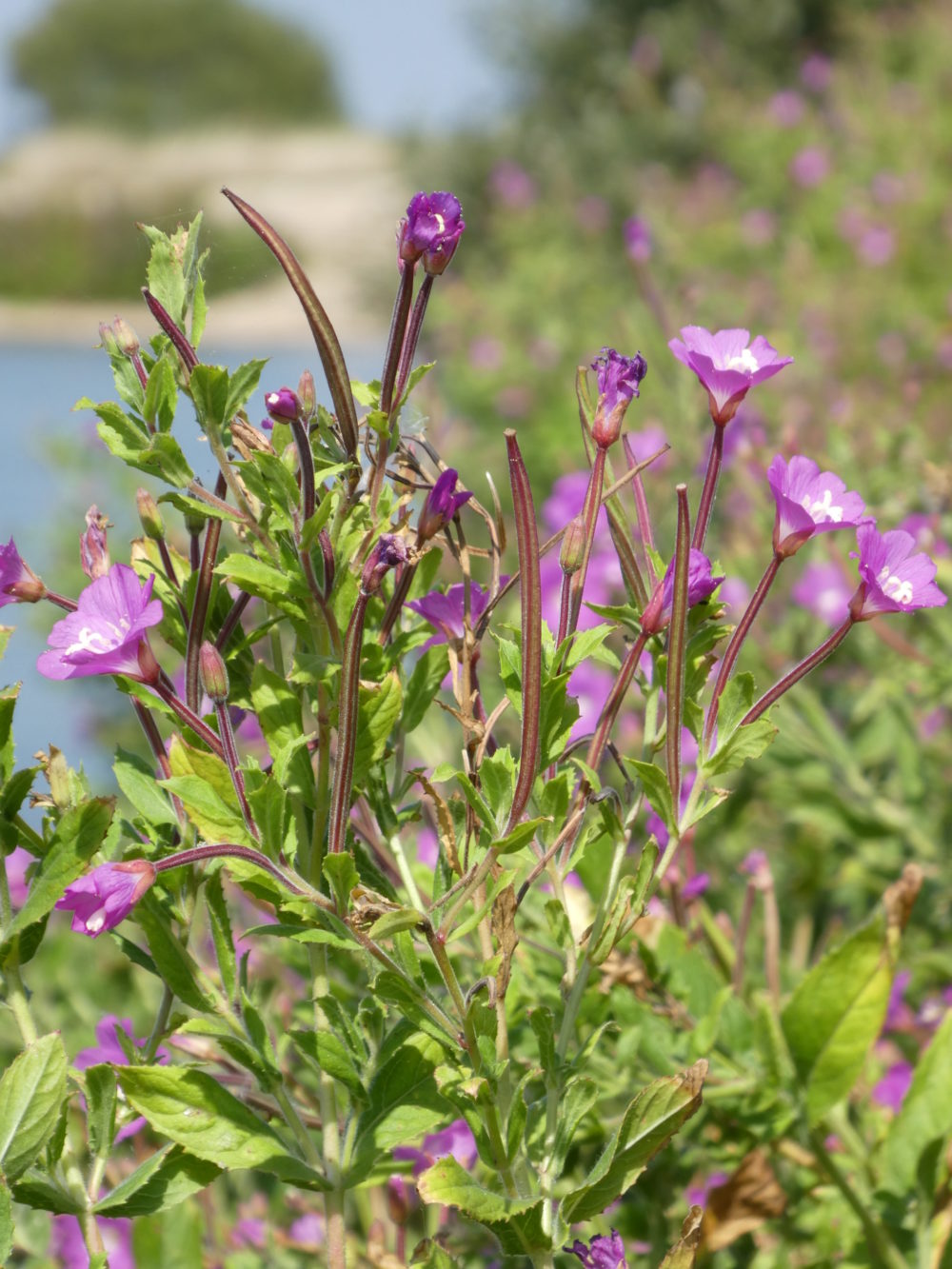This website uses cookies so that we can provide you with the best user experience possible. Cookie information is stored in your browser and performs functions such as recognising you when you return to our website and helping our team to understand which sections of the website you find most interesting and useful.
Since my last blog the rain has returned but accompanied by continued uncharacteristically muggy temperatures, ensuring our winter jumpers are still firmly in hiding! After struggling to get all our trees into the ground during the dry spell we are now gladly past the planting, with the trees grateful for a quench to their thirst.
As a graduate now in the second year of the job I welcome some familiarity in jobs I helped complete last year. Seasonal maintenance of older restock crops has begun with the checks for Pine weevil presence (Hylobius abietis) and weed cover.
With the fabulous sunshine and occasional rain showers of the last couple of months has come the recurring insatiable growth of Rosebay willowherb (Chamaenerion angustifolium) which, although undoubtedly a beautiful colour on the landscape, can provide real issues to our vulnerable crops.
This weed grows prevalent on disturbed ground, flowering from June to September and with the capability of reaching heights of above 5ft, it can prove shadowing and damaging to our smaller trees, reducing their light intake and potentially damaging the foliage/stems.
Strimming or manual hand weeding of willowherb is being undertaken on some of the areas we manage where the crop is being affected by its presence. Clearing the mound allows the young tree the best opportunity for effective establishment and reduces the need for larger quantity beat ups in years to come.
Not unlike the colour of willowherb, heather (Calluna vulgaris) has also blossomed into an issue on some of our sites. With cover of heather across restock sites, areas of the crop can become checked and where this happens they grow at a slower rate.
This is due to the subsequent reduction of nitrogen within the soil that is available to the young crop. Control of heather on these sites whilst the young tree is establishing results in a cost-effective growth response from the crop, giving it the best possible chance of producing good quality timber once at maturity.
Also, since my last blog post Phytophthora ramorum has reared its head again in the form of several statutory plant health notices (SPHN) across our district. Phytophthora ramorum is a disease found in larch trees and we have been fighting it for many years in South West Scotland. Due to the risk of spread which could lead to further sites of infections and ultimately deaths, we have been issued with SPHN’s to fell identified infected areas.
Following these notices, the next few months will be working through these to ensure we meet the requirements of the notice and remove the infected materials as soon as possible. Tackling challenges such as landlocked timber, poor access and crops that haven’t yet met maturity whilst also ensuring we are doing the best for both the forest environment and for the client.
For life as a graduate the learning is never over!
Hannah Richardson
Assistant Forest Manager




